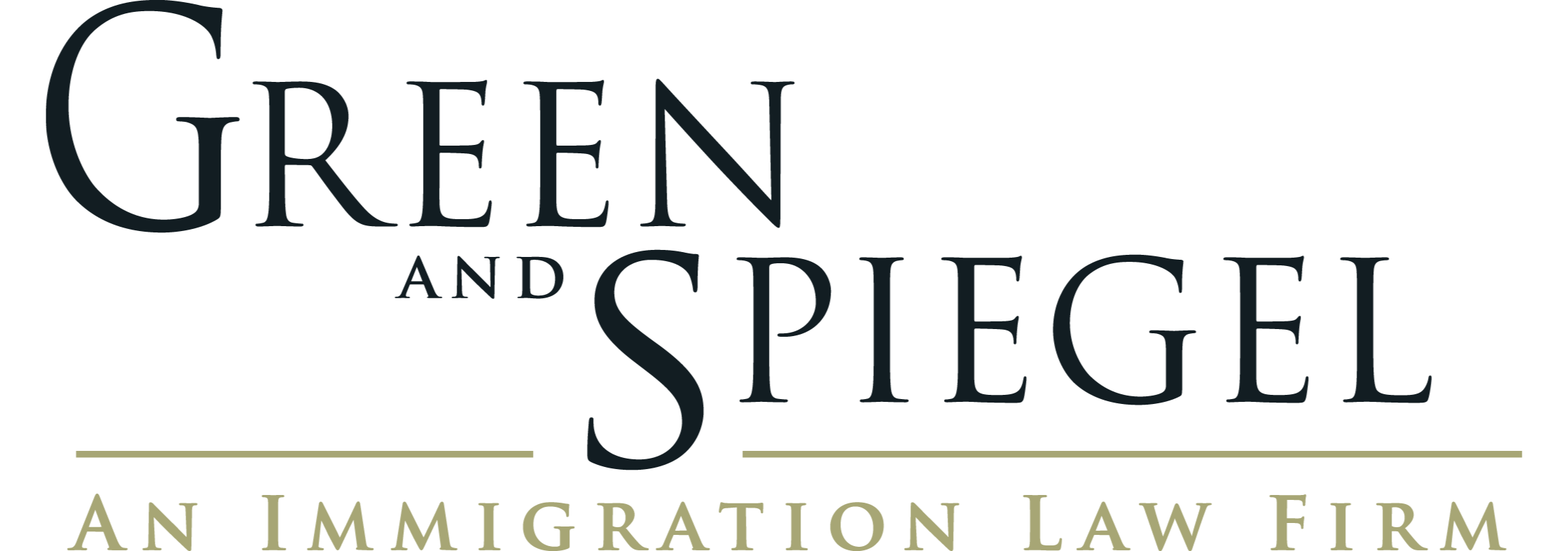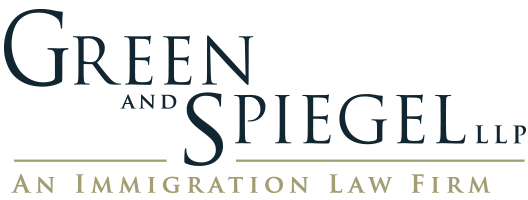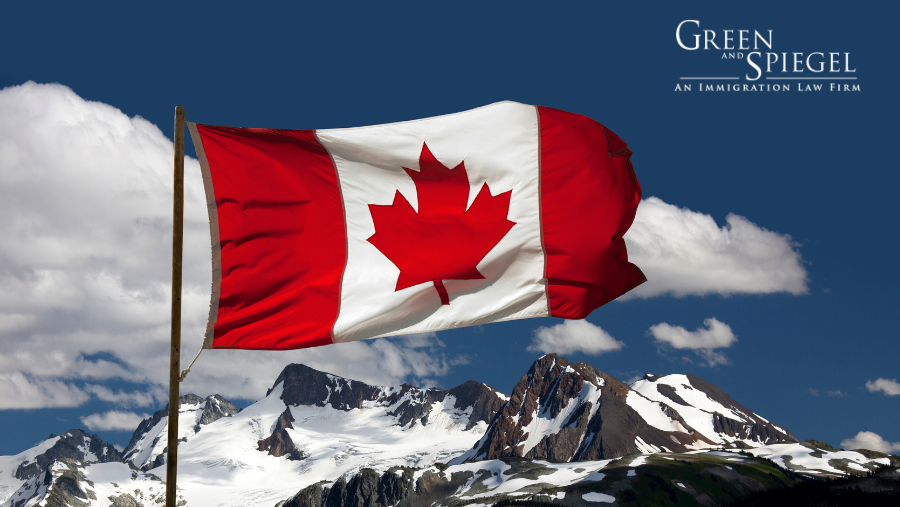June 20 marks World Refugee Day, a day designated by the United Nations to honour refugees around the world. But for me, it is June 21 that is the significant date. On June 21, 1981, the Australian Navy’s HMAS Melbourne rescued 99 Vietnamese refugees, including 19 children, from a broken-down, over-crowded, 14m fishing boat that had been on the South China Sea for four days. The group became known as the MG99. I was on that vessel that day. I was two years old at the time.
More than 1 million Vietnamese escaped the country by boat and became known as the “Boat People”. Between 250,000 and 300,000 people perished at sea. In response to the growing exodus from Vietnam, Southeast Asian countries temporarily accepted refugees in temporary camps until countries like Canada, resettled them permanently.
I had grown up hearing about my journey to Canada. I was told that when I was six months old, my parents attempted to escape Vietnam, my mother and I were caught before we managed to get on a boat and we were put in jail. When I was two years old, we tried again. My father’s older brother organized our escape along with his wife and children as well as my uncle and two aunts. There were 99 people on that fishing boat which only had capacity to fit 60.
On June 16 a little after midnight, the little vessel set off into the South China Sea. Sad to leave everything behind for a future that was impossible to predict and afraid of the journey at sea, those on the boat did not know if they would make it out alive. They did not know if they would ever set foot on their homeland again or see their families again. But they knew that there was no other choice but to leave their home. Their country was no longer a safe place for them.
There was a big storm on the first day at sea which brought on big swells. The overcrowded boat pushed the bough deep into the ocean waves. My uncle was in charge of steering the boat and he vowed to keep going and keep everybody alive. Dolphins swam beside the boat on that day, which gave him tremendous hope because as my cousin told me, the Vietnamese believe that at sea, dolphins are guardian angels who will guide your way to journey’s end. Day two and three at sea brought large swells, changing winds and diminished hope.
On the fourth day at sea, they discovered that water had gotten into the engine which caused the engine to malfunction. A small back-up engine only ran for 10 minutes before also breaking down. With no engine, the boat was drifting aimlessly in the sea. Many on the boat by that point were dehydrated. The drinking water was contaminated and some people were unconscious, hours away from certain death. There were sightings of other vessels, but distress calls went unnoticed or unanswered. By evening, someone spotted a strange object in the sky. Realizing it was an airplane, they set off their last distress flare hoping that it would be spotted. A flying anti-submarine patrol plane on the HMAS Melbourne flew by and spotted the flare. That tracker had been preparing to land after its last mission of the day, but when it spotted the flare, the aircraft circled back and the HMAS Melbourne was sent to the rescue.
The HMAS Melbourne arrived in the late evening and the process of getting all 99 people from the fishing vessel to the ship took several hours. Many were too weak to climb 7 meters up the ship’s side on ladder. The waves bumped the boats up and down. It was pitch black. Sailors carried people up the ship’s ladders one by one. All 99 people made it onto the HMAS Melbourne safely, without injury.

(Me – child in bottom right)
Photo: Australian Defence Force. Royal Australian Navy. Australian War Museum.
On the HMAS Melbourne, the rescued passengers were medically examined, given food, clothing and accommodated until it disembarked in Singapore. They stayed with the 1,300 crew of the HMAS Melbourne for several days. It wasn’t without controversy as some members on board questioned the wisdom of getting involved, there was some with lingering animosity over the war. However, most of the crew were very welcoming and during these days, the bond between the rescued and the rescuers were formed.


Photo: Australian Defence Force. Royal Australian Navy. Australian War Museum.
We stayed at a Singapore refugee camp until we could be resettled to different countries. Most went to Australia, some went to the United States and my family consisting of my mother, two aunts and one uncle joined my father, who was privately sponsored to Canada one year earlier.
Canada’s response to the humanitarian crisis was a collective effort of the government, non-governmental organizations, churches and citizens. The Vietnamese refugees mainly came to Canada as either government-sponsored refugees or the newly created privately sponsored refugees. At the time, the privately sponsored refugee program was the only one of its kind in the world. In 1979, in response to the growing crisis, the government of Canada introduced a matching formula, the government would sponsor one refugee for every one privately sponsored. Churches, corporations, groups of 5 or more Canadians were eligible to sponsor refugees directly. Some 120,000 Vietnamese refugees came to Canada between 1975 and 1982.
In the winter of 1981, I arrived in Calgary, Alberta where I grew up in a close-knit community of relatives, friends and neighbours. In the early days of settlement, my family received generous support from the sponsors and the community. Over the years, the second and third generation were born into the family. Family sponsorships reunited more aunts, uncles, cousins and grandparents. Today, the extended family includes more than 60 members. Across Canada there are some 240,000 Vietnamese-Canadians today. Many lucky ones like me, were afforded the opportunity to grow up in a country that celebrates diversity and protects human rights.
This year is the 40th anniversary of the day that changed our lives. The date not only marks a date of remembrance but of gratitude. Among so many who tried, we are the lucky ones who survived and who were welcomed into a country that not only supported and embraced us, but allowed us to flourish. The result of compassion, generosity and humanity from the Canadian people combined with the determination, resilience and fortitude of the Vietnamese people is a group that has integrated and enriched Canadian society.
Canada’s response to this humanitarian crisis earned the country the Nansen Medal, an honour from the United Nations for outstanding service to refugees. No other peoples of a nation has ever been honoured with this award.
More information about the rescue can be found here.
https://www.abc.net.au/news/specials/the-luckiest-refugees/?nw=0
By chance, there was a photographer on board who captured the stunning images of the rescue. The photographs were taken by the HMAS Melbourne photographic unit. https://www.abc.net.au/news/specials/the-luckiest-refugees/2012-06-20/the-rescue/4076938?nw=0




